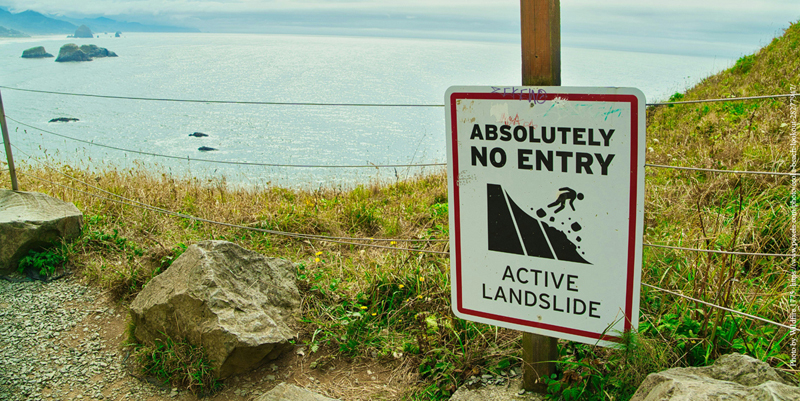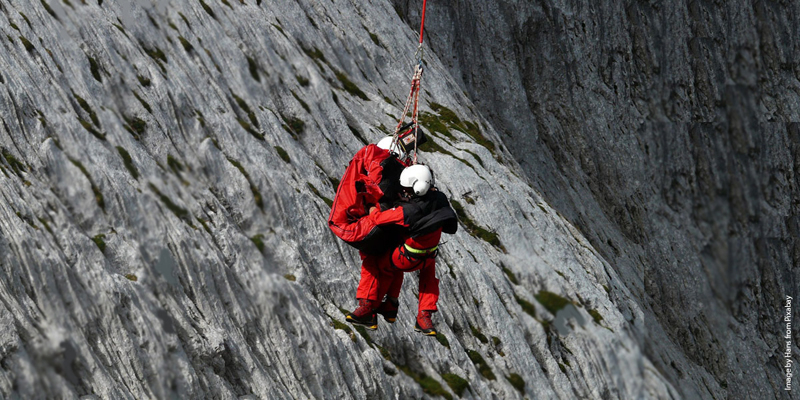As different types of imagery have become more widely used, OGC members identified a need for a working group to look at how OGC standards can be applied to accommodate imagery types such as oblique imagery, High Oblique Imagery (Street View), motion imagery, LiDAR (Light Detection and Ranging) and SAR (Synthetic Aperture Radar). In 2009 the Oblique Imagery Domain Working Group (DWG) was formed to identify and/or develop data and service standards that will improve interoperability of image dissemination, processing, transformation, mensuration, and analysis. The initial focus of this working group was Oblique Imagery because its importance has progressed very rapidly as advances have been made in digital capturing of oblique imagery. Current oblique imagery applications are now capable of extracting measurements such as: distance, height, elevation, area, location and most properties associated with structures and terrain features. The scope of the DWG has expanded somewhat to consider other imagery topics.
The initial task of this DWG is to analyze Open Geospatial Consortium (OGC) standards, data and services, as well as standards from any other standard development organization (SDO) to identify gaps and overlaps in the use of non-traditional imagery data and associated services. This is an ongoing and dynamic effort driven by use cases and associated data defined by the DWG members. This analysis includes working collaboratively with other OGC working groups such as the Image Georeferencing Service and Image Georeferencing Metadata GML 3.2 application schema Standards Working Group (IGS-IGM SWG), Coverages Domain WG, Mass Market Domain WG (MassMarket DWG), 3D Information Management Domain Working Group (3DIM DWG), CityGML Standard Working Group (CityGML SWG) and Sensor Web Enablement Domain Working Group (SWE DWG).
Preliminary analysis has shown that the OGC Web Coverage (WCS) Interface Standard could be used in multiple ways to support distribution of oblique imagery data. WCS would be used as an interface to access the sensor metadata associated with the raw image, such as Oblique GSD. It could also provide access to the raw unprocessed image data. Having access to the raw data and metadata would enable other applications to access the data and perform their own processing.
WCS could be extended to deliver oblique imagery unaltered to OGC web service clients. It is also possible to develop a set of extensions to an open source or a commercial OGC platform for delivery of entire rendering application components using the OGC Web Mapping Service (WMS) Interface Standard. There is also the problem of oblique imagery not fitting into the current OGC WMS standard. These issues are primarily related to viewing perspective distortion and coordinate systems. Certain combinations of location, coordinate systems and view perspective will produce perspective distortion. Recommendations by members of the DWG to resolve this problem include rotating and stretching imagery to reduce distortion.
The OGC KML Standard is already being employed by different application developers to render their oblique imagery as 3D building models. This capability could be augmented with services that implement the OGC WMS, OGC Feature Portrayal Service Standard or the OGC Web 3D Service specification that is currently in development.
The OGC City Geography Markup Language (CityGML) Encoding Standard is an information model used to represent 3D urban objects and as such would be well suited to represent objects obtained from oblique imagery data. KML and the ISO X3D standard are useful for the rendering and portrayal of 3D data, while CityGML provides the ability to do more sophisticated analysis and feature definition.
The OGC Sensor Model Language (SensorML) Encoding Standard is the information model used to describe sensor characteristics and it is often provided through services that implement the OGC Sensor Observation Service (SOS) Interface Standard. SensorML would be an effective means to describe the metadata associated with oblique imagery. The sensor metadata could be used to produce KML which would allow a user to visualize the flight path of the collection platform.
The results of the analysis performed by the IDWG will be captured in a whitepaper that provides details regarding the identified gaps and identification of methods, services, and data structures that may be used with non-traditional imagery. The intent is that this whitepaper will be approved by the DWG membership and TC to become an OGC Best Practice.
Subscribe to our newsletter
Stay updated on the latest technology, innovation product arrivals and exciting offers to your inbox.
Newsletter

